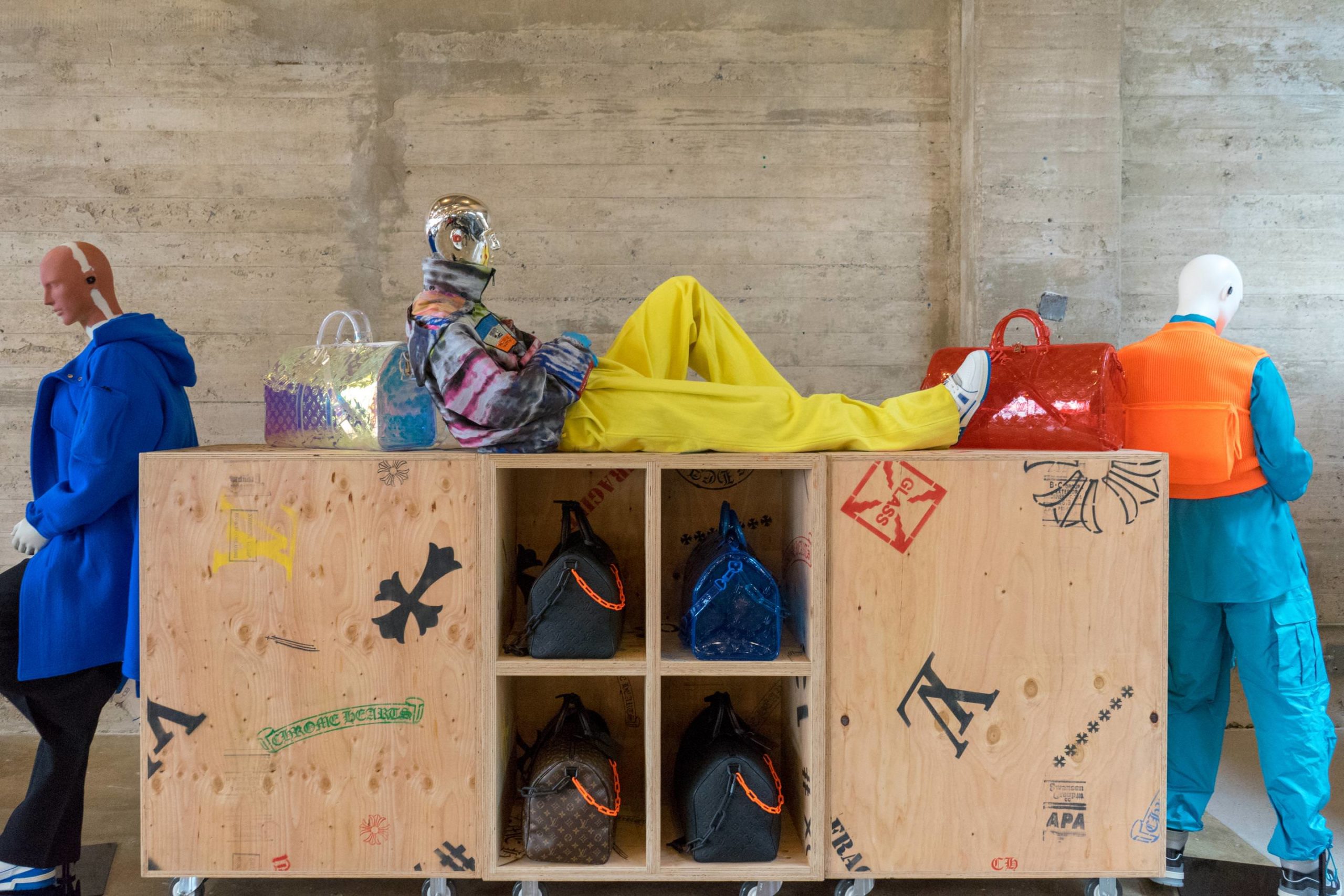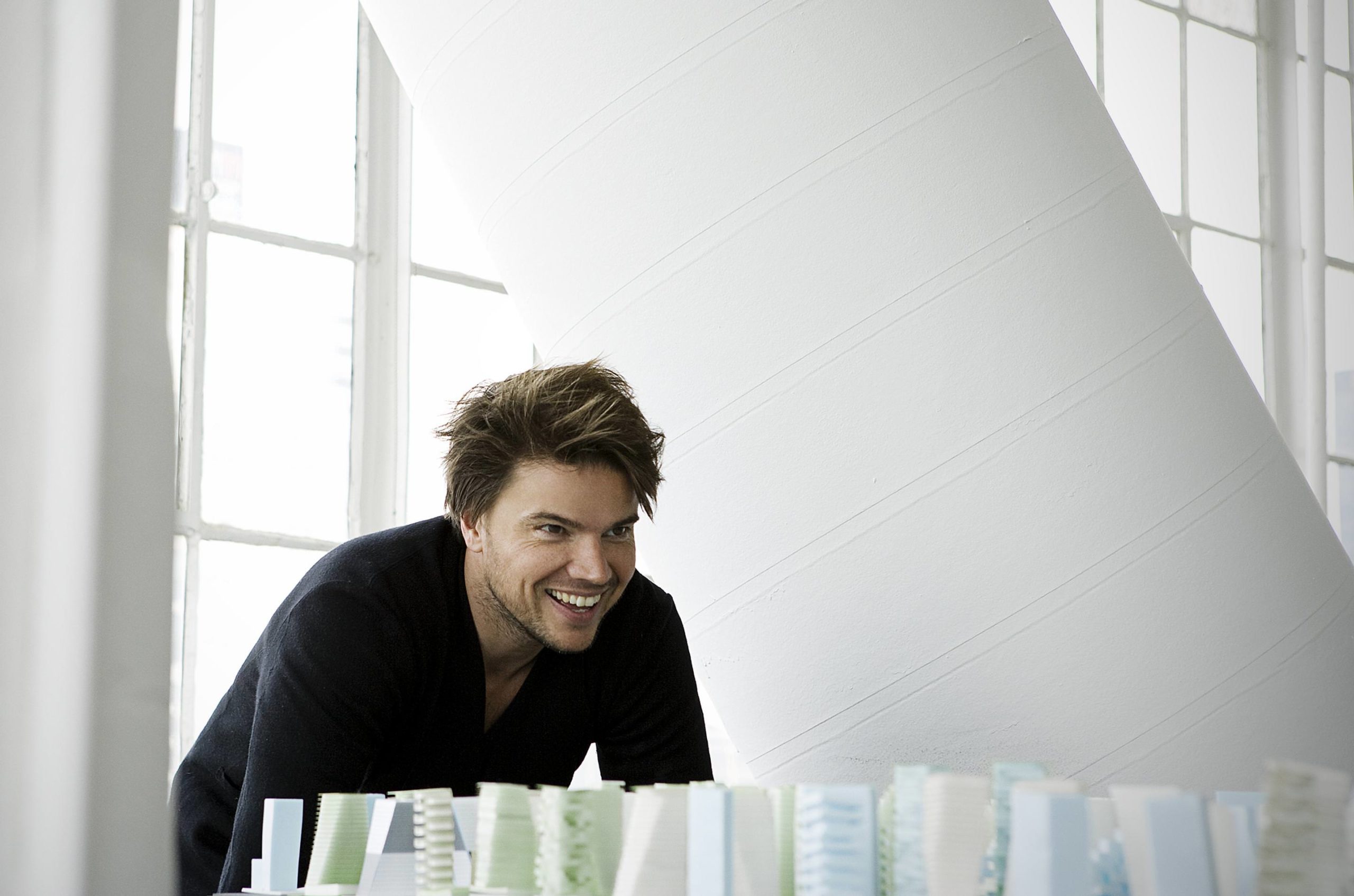OMA, in collaboration with Toll Brothers, recently unveiled 121 East 22nd Street—the firm’s first ground-up project in Manhattan. It’s the architecture firm’s first residential complex, offering 140 residences that range from studios to five-bedroom plans, set between Gramercy Park and Madison Square.
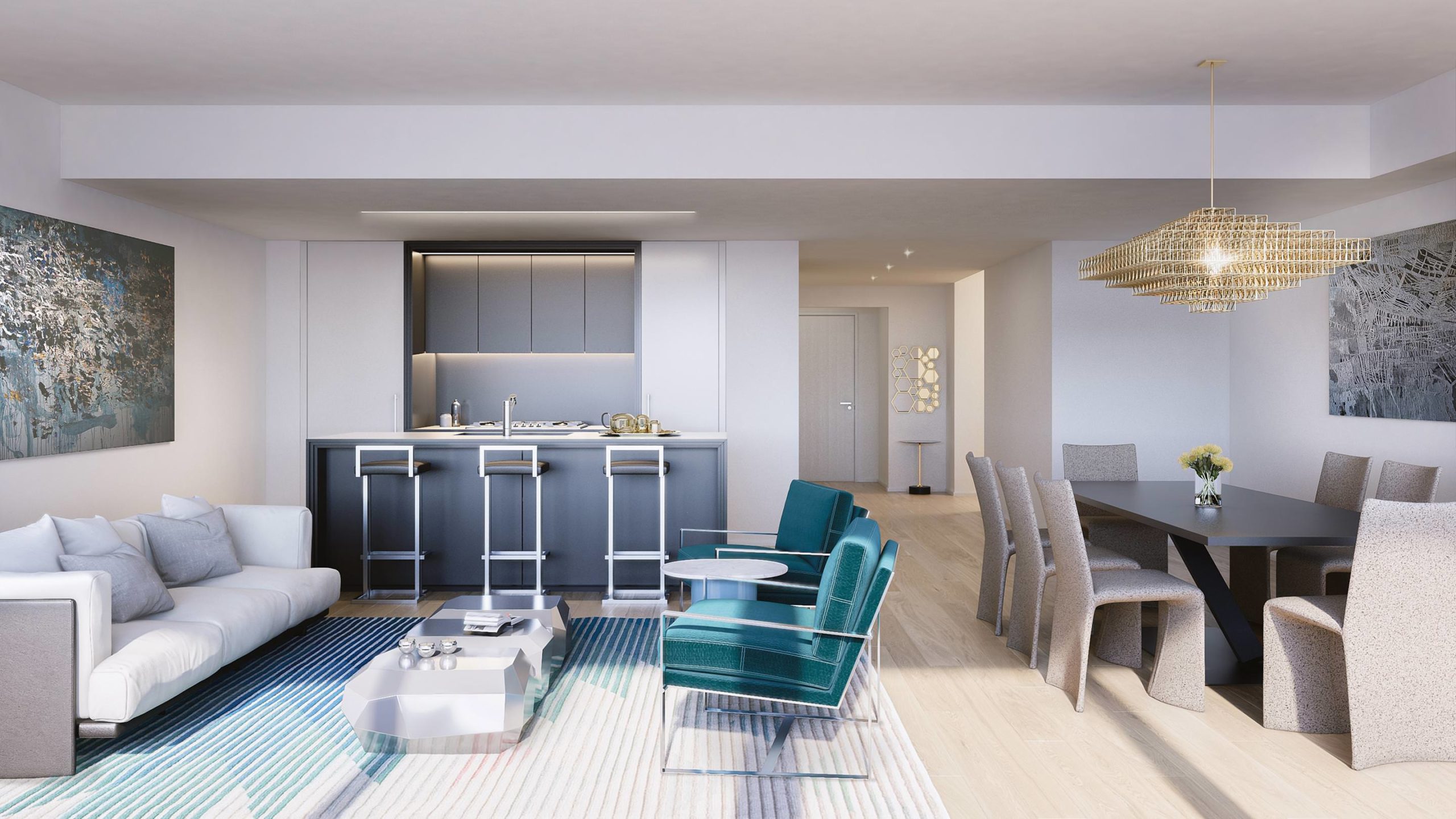 121 East 22nd Street kitchen.
121 East 22nd Street kitchen.Courtesy of Toll Brothers City Living.
Whitewall spoke with Shohei Shigematsu, Partner at OMA and Director of its New York office. He shared with us details on the new project’s design and amenities, and told us about his very first project—the Whitney Museum extension in 2000.
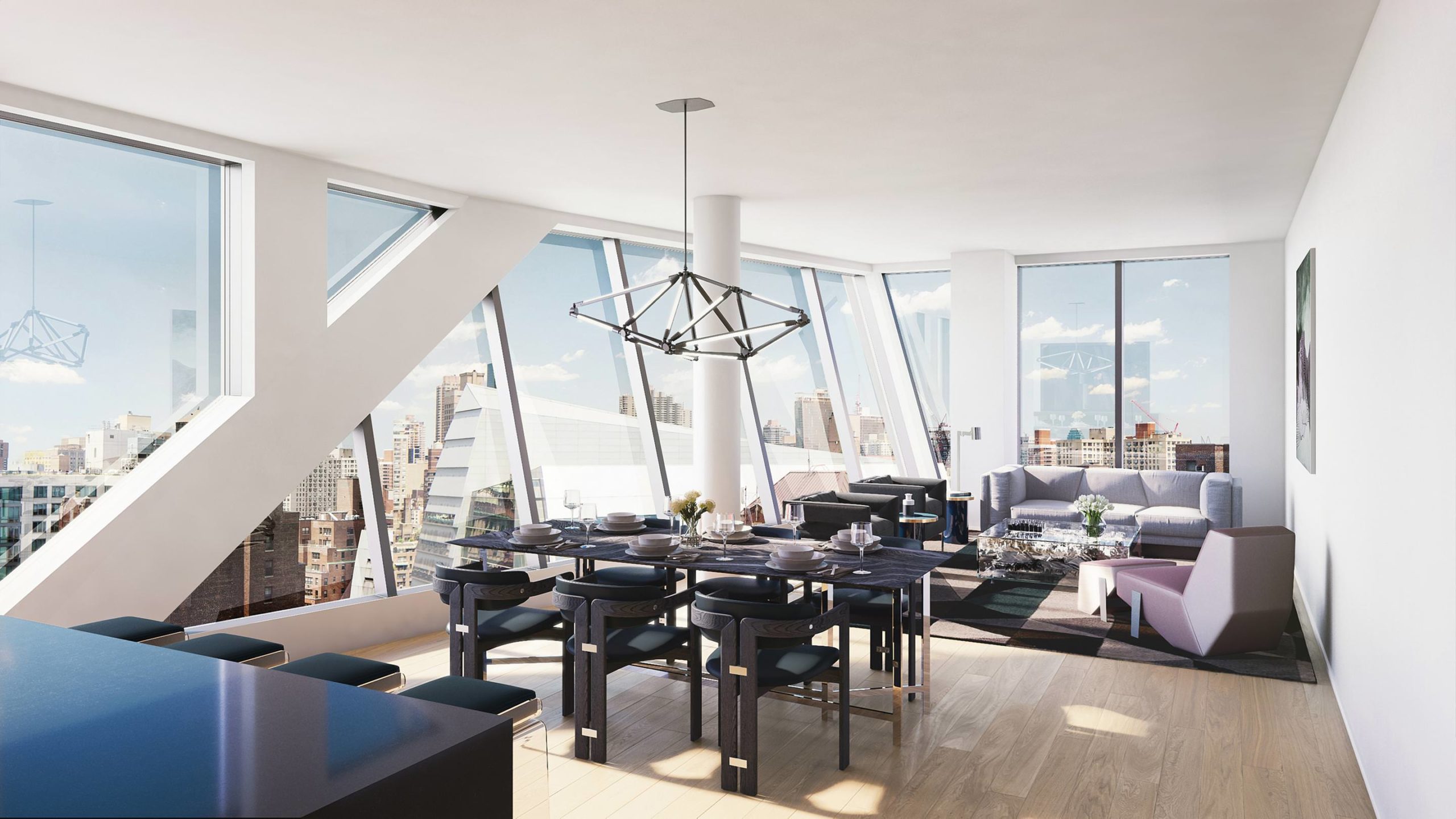 121 East 22nd Street living room.
121 East 22nd Street living room.Courtesy of Toll Brothers City Living.
WHITEWALL: Tell us a bit about 121 E. 22nd Street.
SHOHEI SHIGEMATSU: 121 E. 22nd Street is our first residential complex and first ground-up project in Manhattan. The site is located where Gramercy Park meets Madison Square and a residential block meets a bustling Avenue. Despite proximity to the two neighborhoods, the corner was undefined and generic. The design responds to the duality of the site’s context to create a sense of identity at the corner by stitching the two districts together while maintaining a subtle instability.
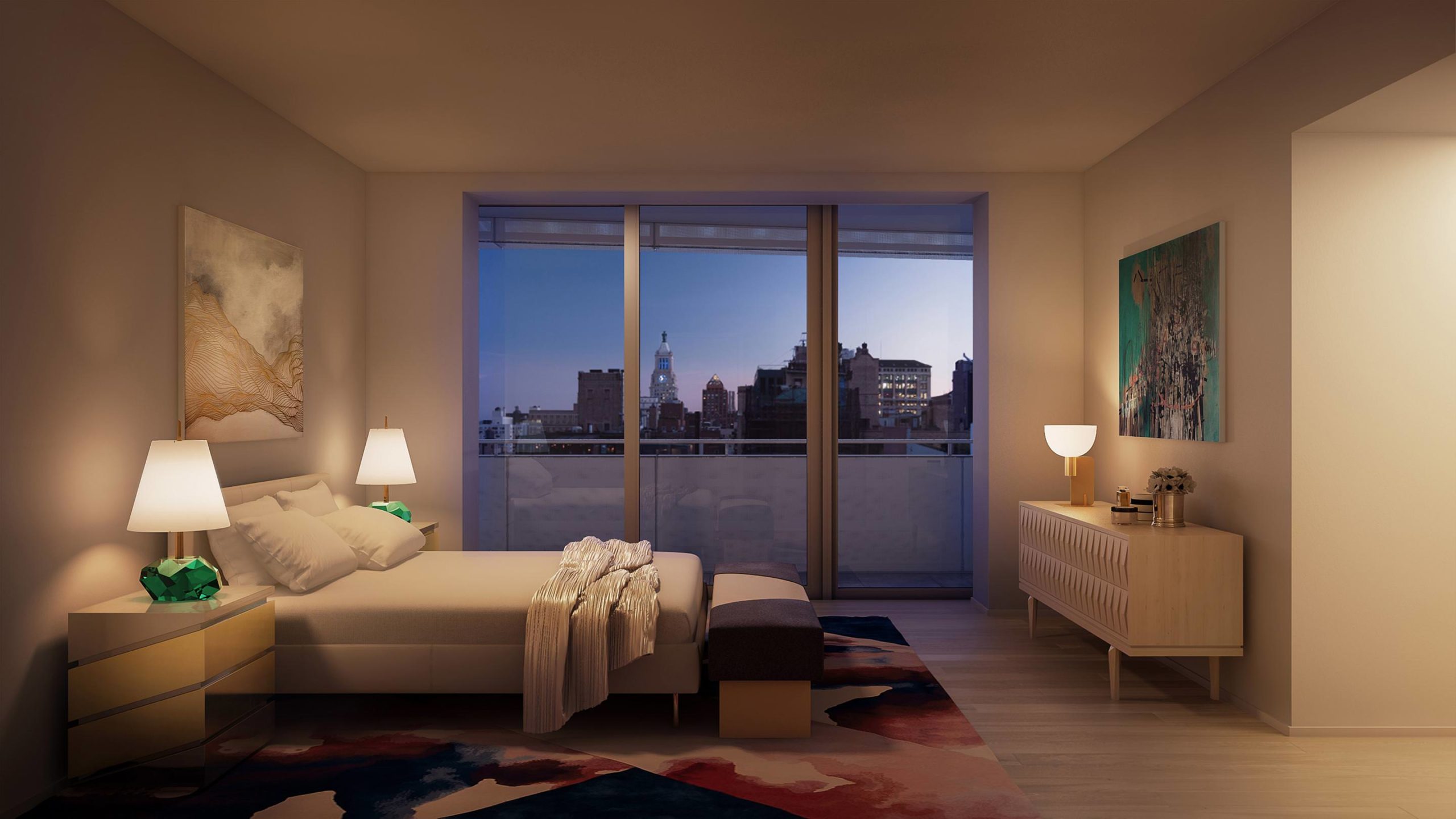 121 East 22nd Street master bedroom.
121 East 22nd Street master bedroom.Courtesy of Toll Brothers City Living.
The site itself is very unique beyond its corner condition. L-shaped, the block is connected to 22nd Street that posed an opportunity to create an internal courtyard within the complex. We wanted to create an urban oasis, much like Gramercy Park, shielded from the bustle of Lexington Avenue and 23rd Street.
WW: What are some amenities in the space that are special?
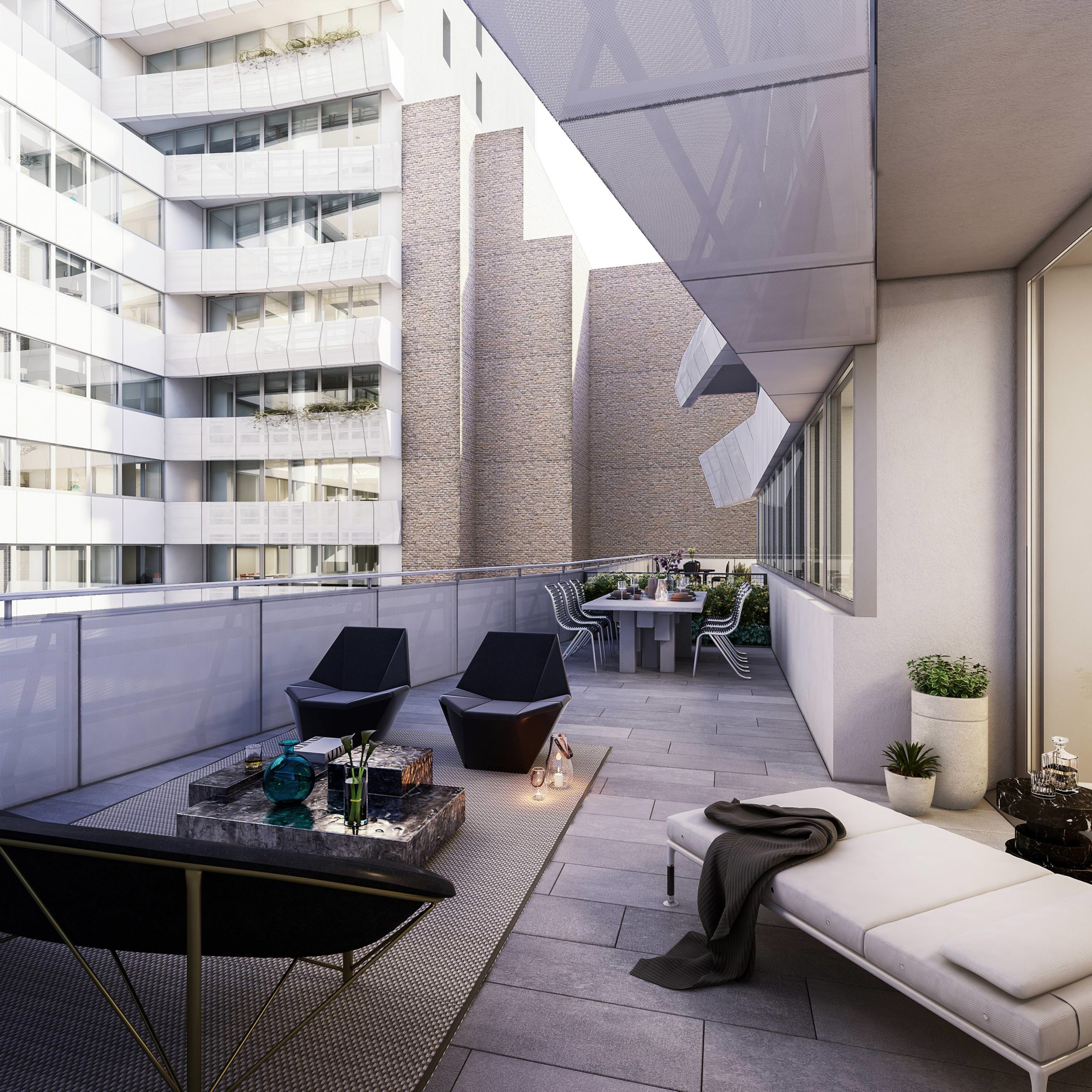 121 East 22nd Street terrace.
121 East 22nd Street terrace.Courtesy of Toll Brothers City Living.
SS: The amenities throughout the building forges a seamless connection from interior to exterior. The façade of the pool opens up to the courtyard to create a zen garden-like moment and a large balcony on the second floor enables activities from the private dining room, game room and children’s room to spill out and enjoy the quiet oasis.
WW: What are some art-related details in the space that are special?
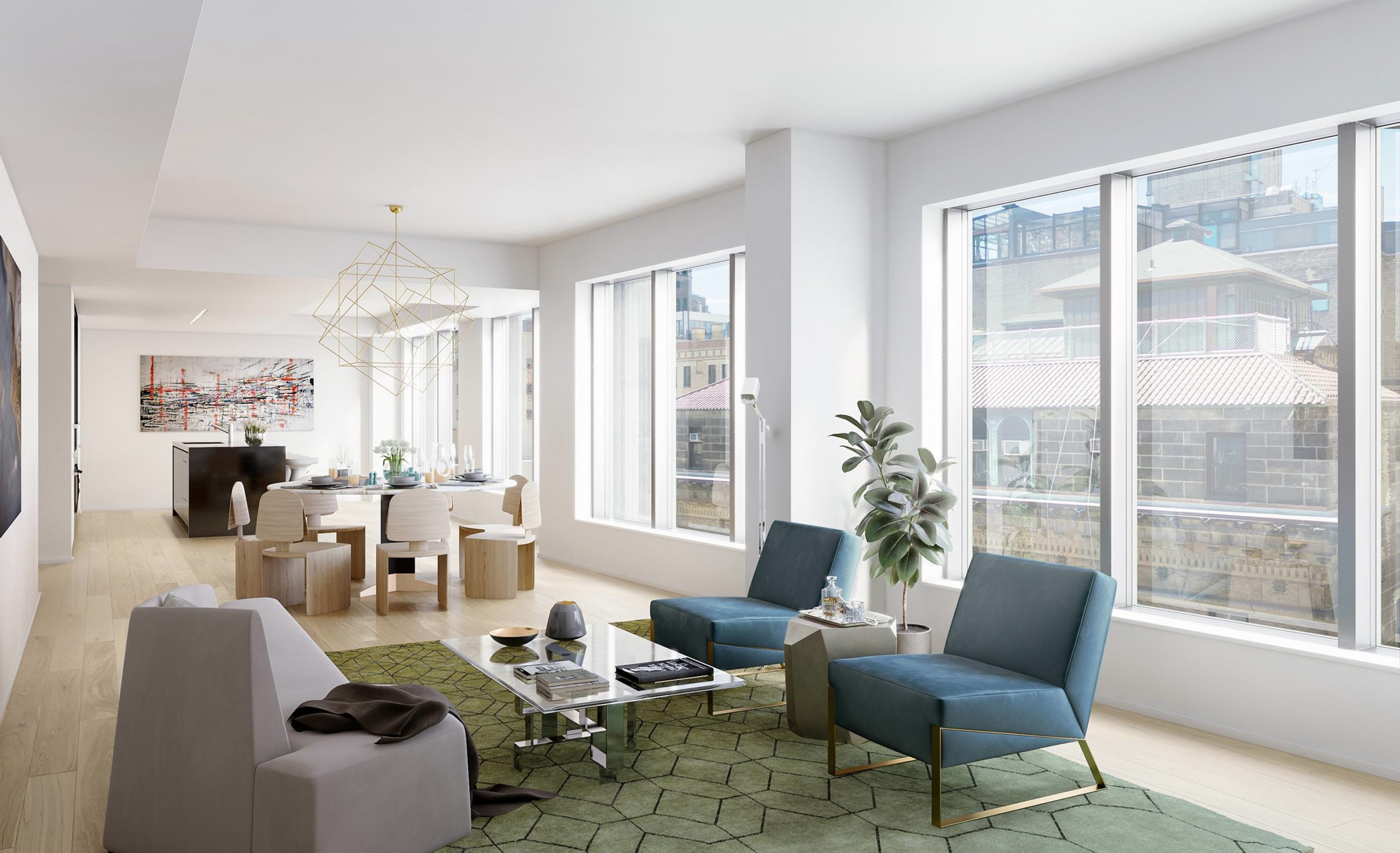 121 East 22nd Street penthouse.
121 East 22nd Street penthouse.Courtesy of Toll Brothers City Living.
SS: In responding to the duality of the site’s urban context, we explored ideas behind Cubist art. Cubism is typically defined as a process where a three-dimensional object is flattened into a two-dimensional drawing. To create a new sense of place from Madison Square and Gramercy Park, we did the opposite by expressing the two identities as a three-dimensional, prismatic corner. The interlocking planes produces a new identity, evoking a cubist collage of multiple neighborhood perspectives.
The geometrical ambition continues throughout the façade. A deformed grid on the South Tower echoes the Art Deco details of Madison Square Park and punched windows echoing the façade of the tower’s pre-war neighbor’s seamless transition to contemporary forming a gradient from historic to modern.
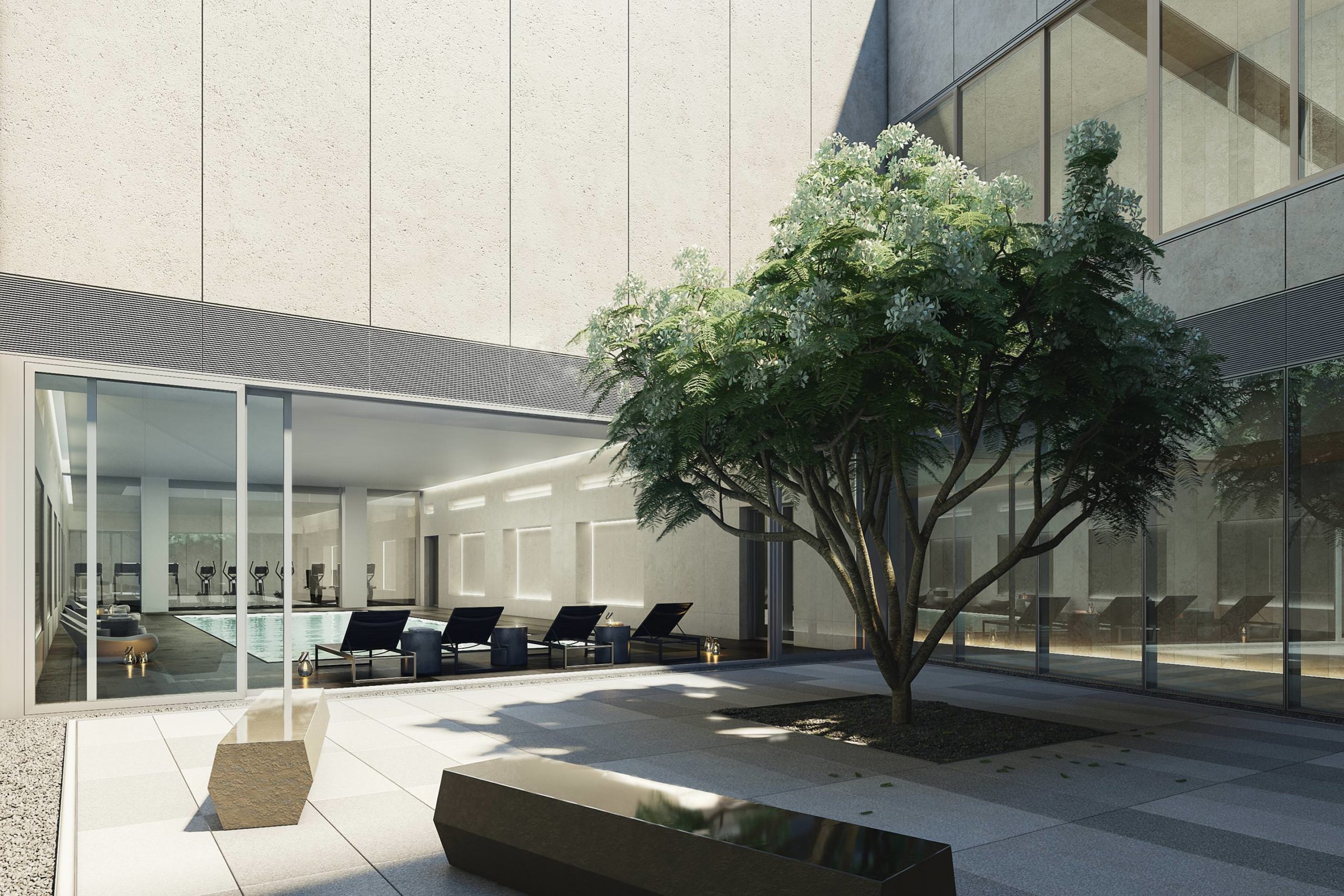 121 East 22nd Street courtyard.
121 East 22nd Street courtyard.Courtesy of Toll Brothers City Living.
WW: What was your very first project?
SS: One of the first projects I led as the Director of the New York office was the Whitney Museum extension in 2000. We continued to be involved in projects in Manhattan, but 121 E. 22nd Street will be the first one to be realized.
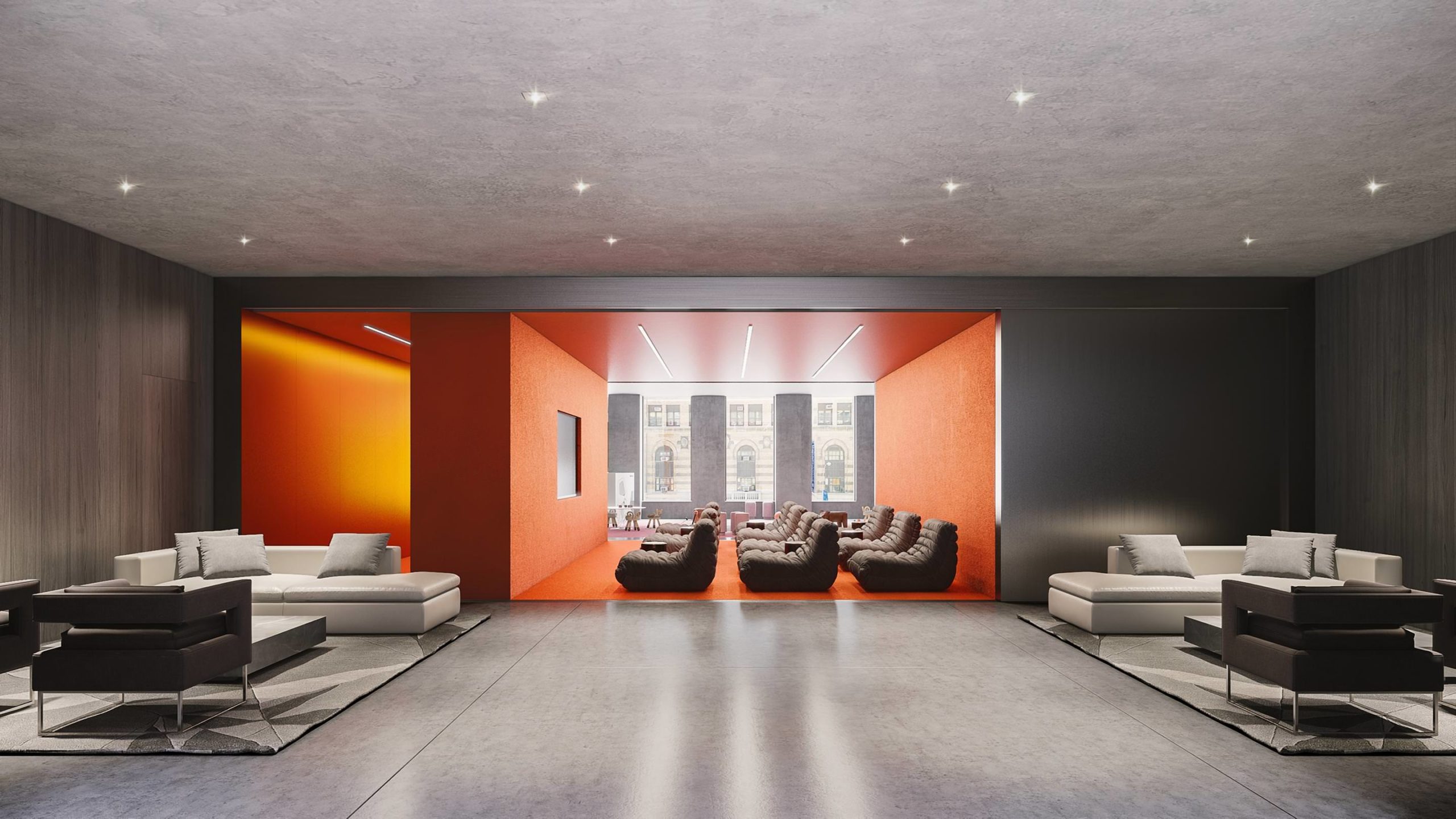 121 East 22nd Street residents lounge.
121 East 22nd Street residents lounge.Courtesy of Toll Brothers City Living.
WW: How has your practice evolved since then?
SS: Since then, the firm has grown in both size and the range of projects. The practice has been evolving, adapting, and responding to the conditions around us, taking on projects across diversity of range, scale, program, and typologies.
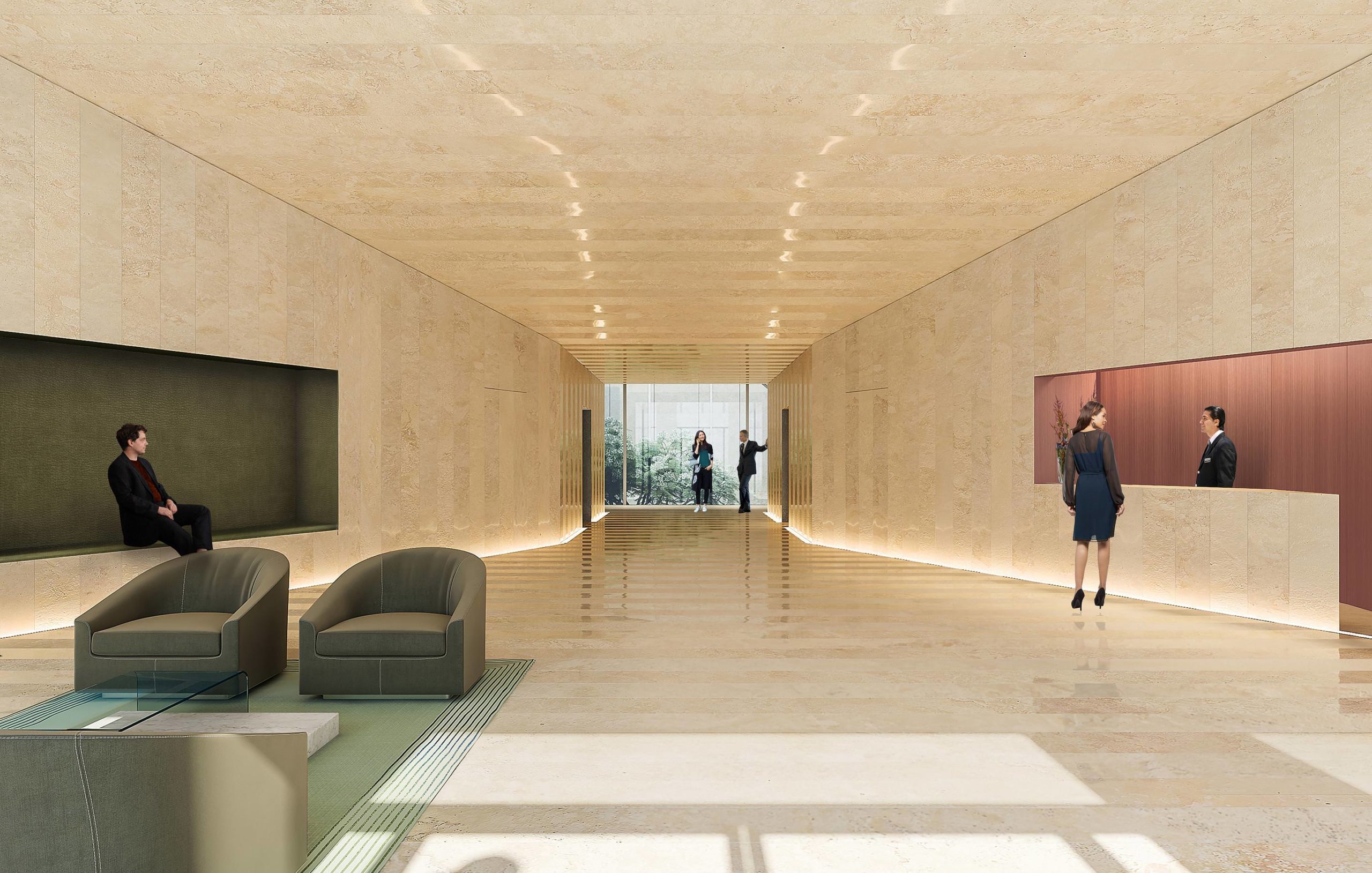 121 East 22nd Street lobby.
121 East 22nd Street lobby.Courtesy of Toll Brothers City Living.
WW: How has it stayed the same?
SS: We continue to have the same rigorous process based on a core design philosophy that values research and specificity. Learning and responding to unique clients and their ambitions as well as the distinct site and urban conditions has remained a part of our process and execution despite the new expanse of typologies and projects.









